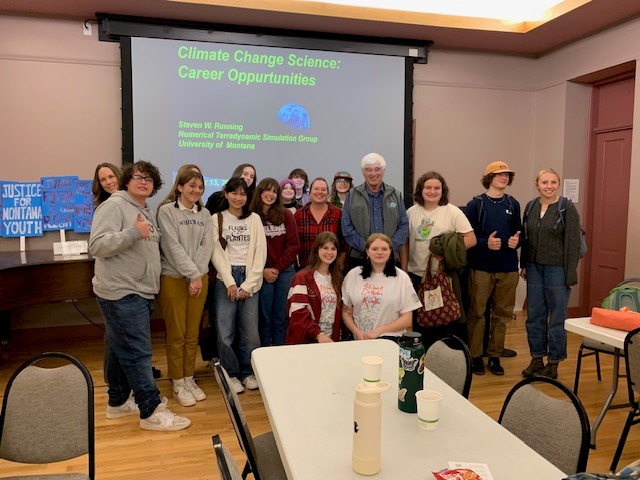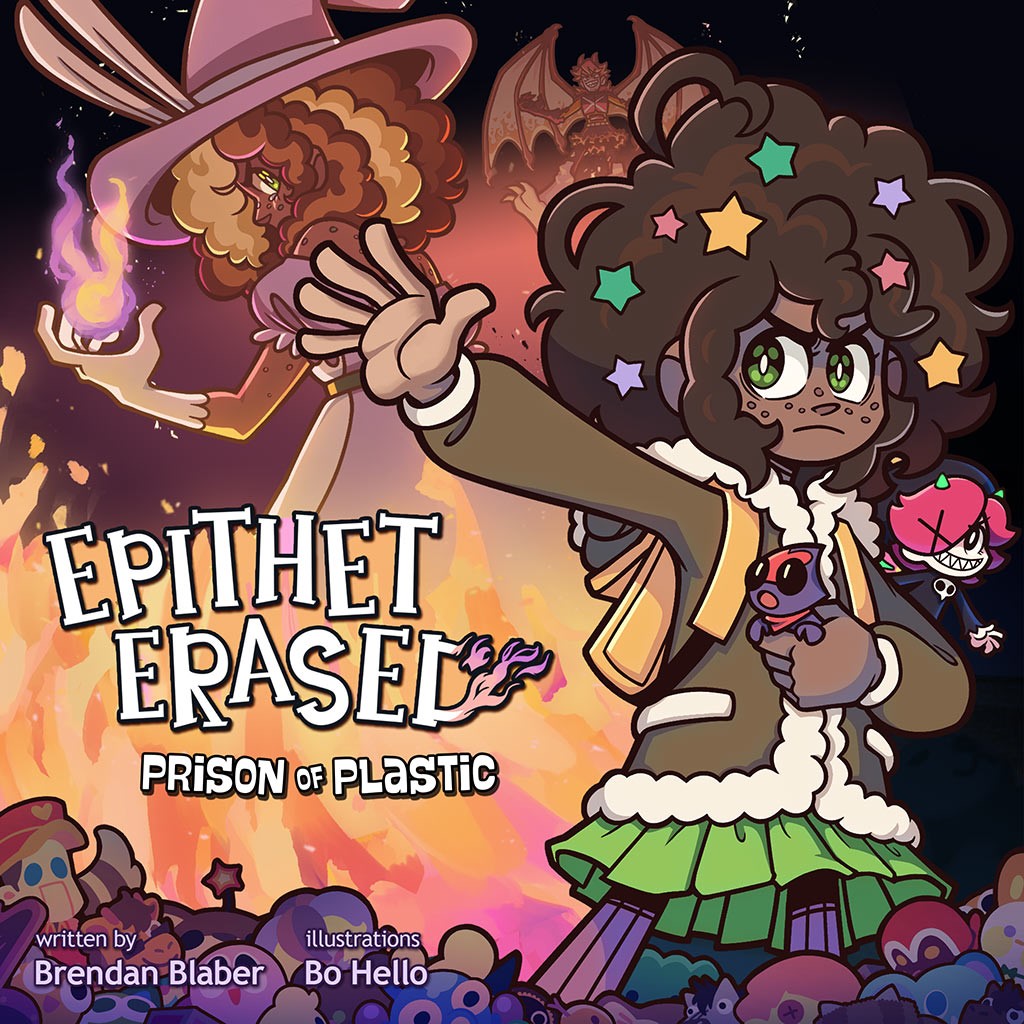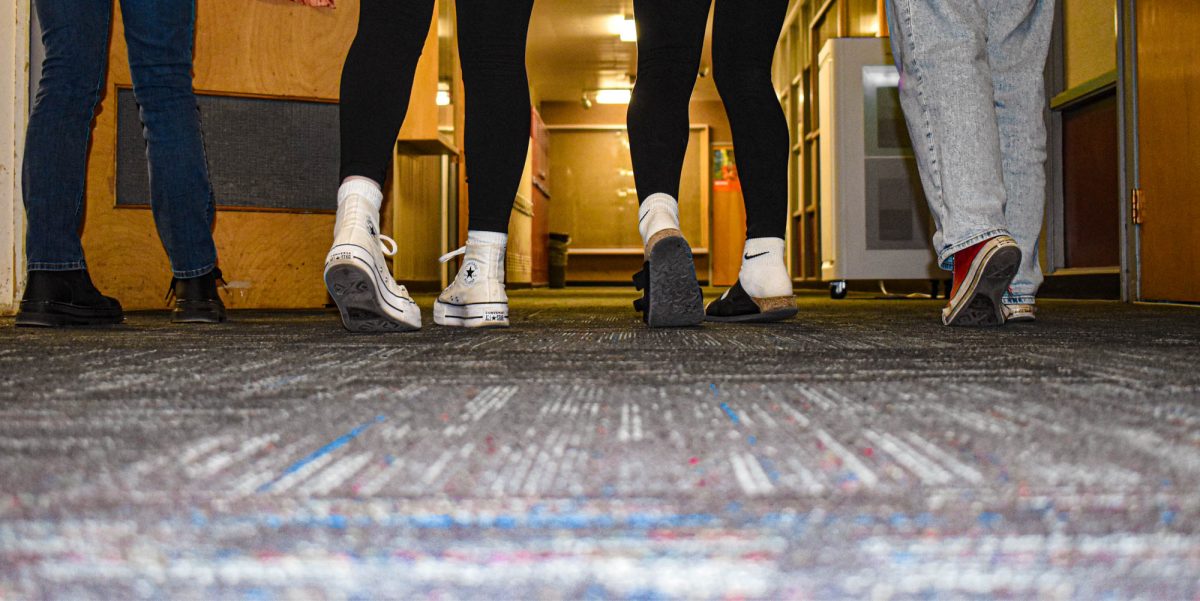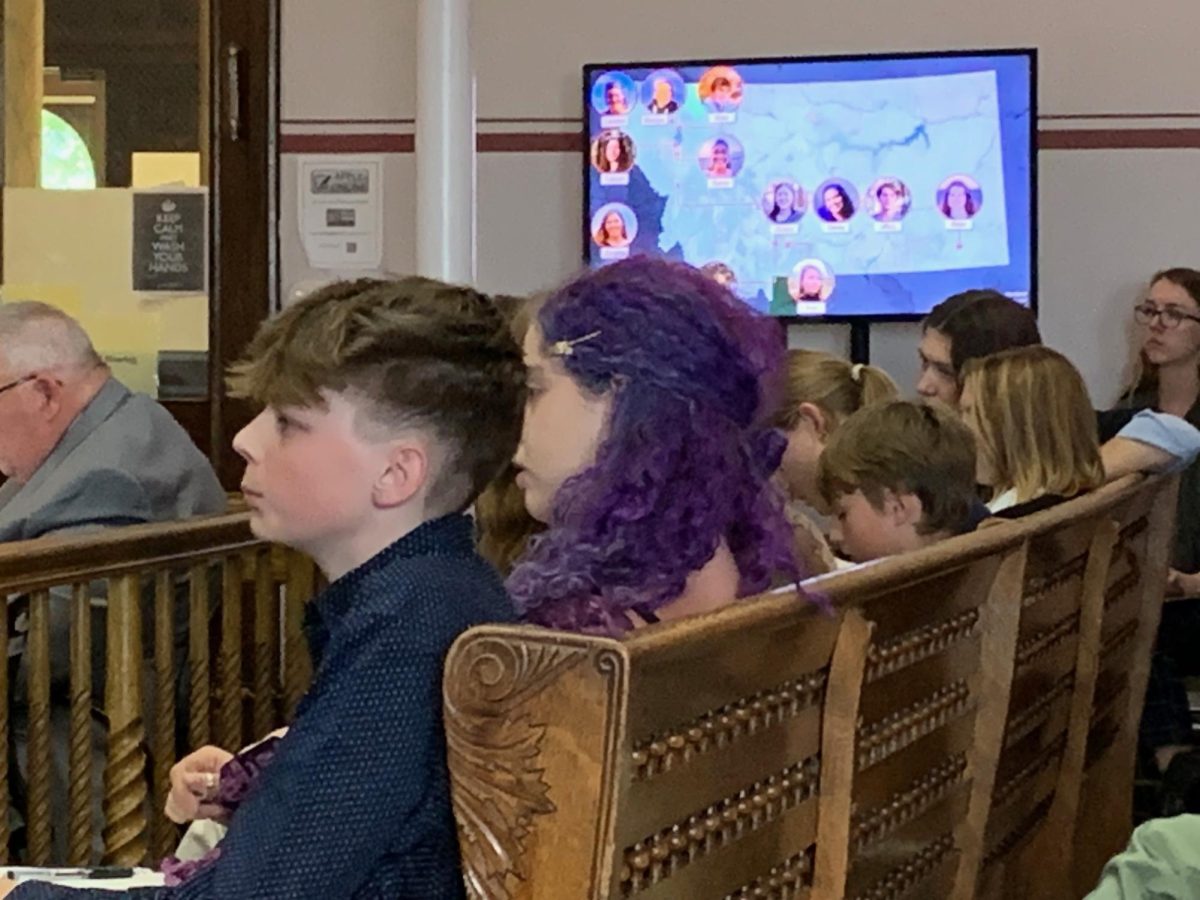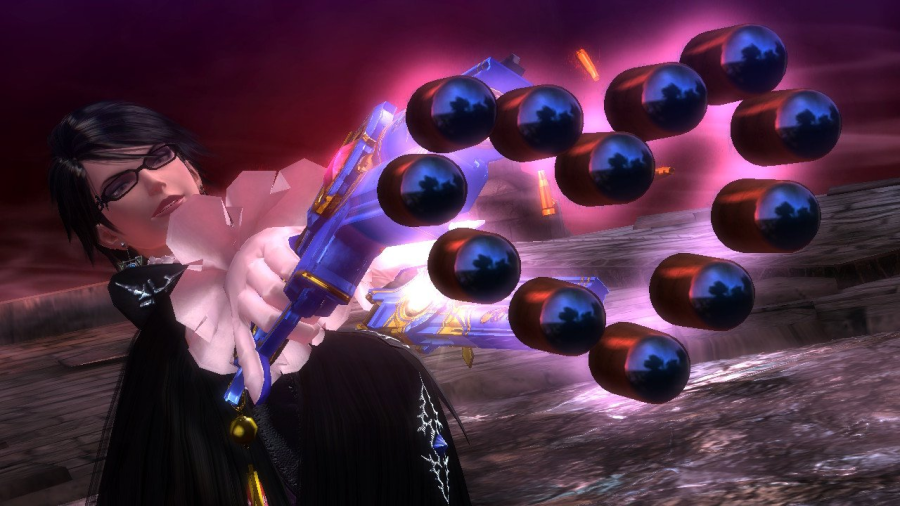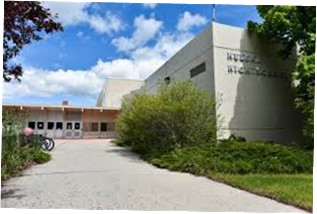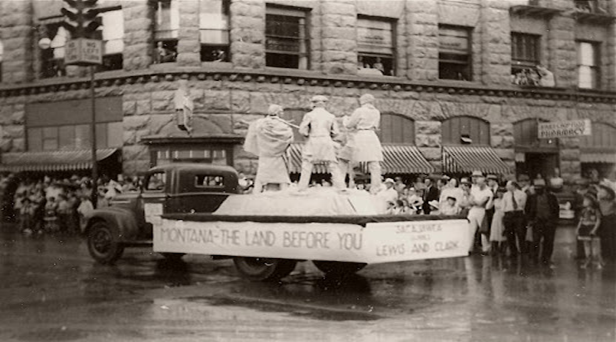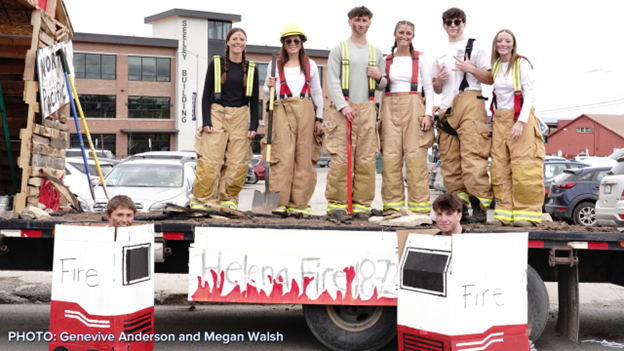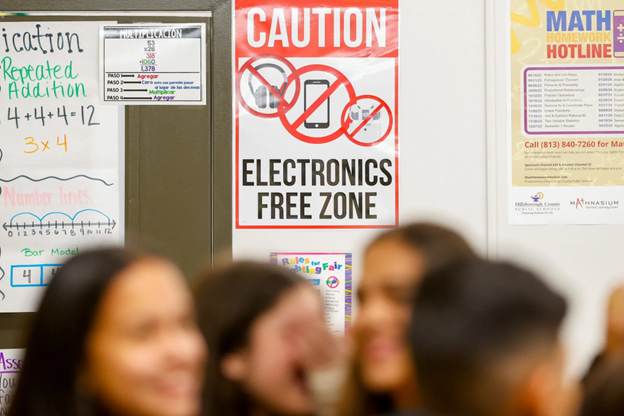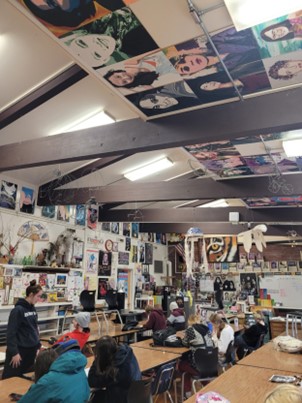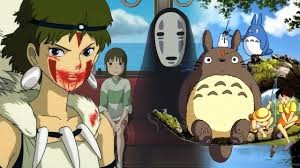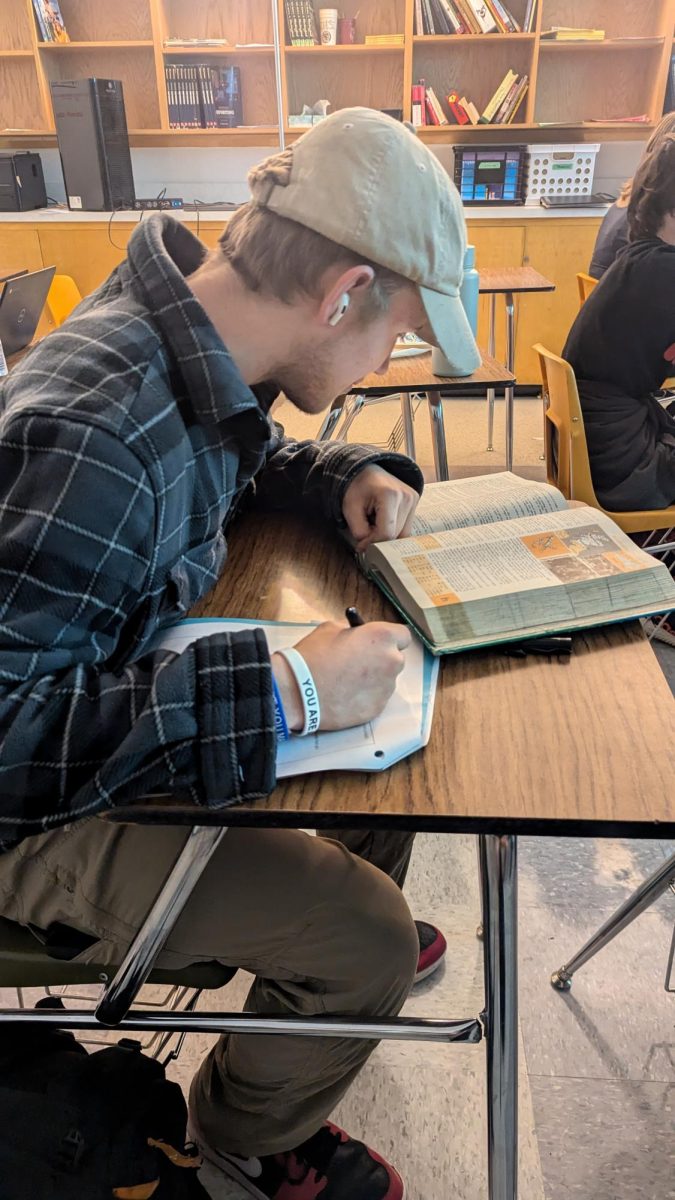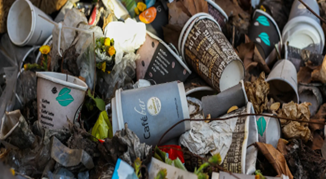Climate change affects us all. We’ve all noticed the dramatic rise in temperature and the lack of snow in the winter. Even this past winter was seemingly cut short. How important is this all to Montana? Should this even be relevant?
The answer? Extremely important.
Within Montana, snowpack will continue to decrease. The state’s record lows were reached in 2022 and 2023.
According to Montana Free Press, 110 out of the 175 snowpack monitoring sites in the state reported near to or record lows this past winter. Some sites such as Yellowstone’s monitoring site recorded their lowest snowpack in 90 years of monitoring.
What does this mean for us?
Fall-Winter
The lack of snowpack greatly affects winter recreational activities, which are staple activities within the state. As stated by Montana Public Radio, outdoor recreation within the state is 4.3% of Montana’s GDP. The activities generated over $3 billion in 2022. Events like fishing, hunting, and horse back riding are among the state’s most popular recreational activities.
Montana gets a large portion of its tap water from the snowpack trapped on the mountains. The lesser amounts of snow mean a greater dependence on outside sources for water, such as the Missouri River. This event would call for the state needing to drain our in-state water supplies like reservoirs and streams at a much quicker rate.
As the state continues to warm up, the temperature of the water will also increase. As a result, the state’s fish population will also be harmed. Snow sports will be restricted to certain areas and even smaller periods of time due to limited availability of snow. Many hunted animals may begin to migrate to a climate that is not actively warming. And horseback racing? I have no idea. I’m not a horse expert.
Within the state, 27,000 individuals are employed by outdoor recreation According to the government of Montana, This means that 4.73% of Montana’s currently employed citizens are in a volatile environment, and in the near future, we’re likely to see that percentage decrease dramatically.
If that’s not awful enough, our air quality is worsening. We’ve already explored the winter side of climate change, so let’s delve into the summer side.
Spring-Summer
Wildfires. They’ve gotten so bad over the last few years. A few years ago, the sky was orange for two days, due to smoke from wildfires all over the United States. Even last year, we had 1,604 fires all over the state, but mainly concentrated in northern Montana. Wildfires are natural, but we’re getting an extreme number annually.
The air quality has dipped so low in the summer that it consistently reaches levels considered unhealthy by IQAir, a company that collects user-submitted data for its reporting.
The number of wildfires is affected by a few factors, but namely, two. The heat and how dry the area is, and the population of the pine beetle.
The mountain pine beetles aren’t dying in the winter, due to the warming temperatures, causing them to kill more trees, and increasing risk and adding fuel to wildfires. The more dead plants, the easier it is to start a catastrophic fire.
What else is in store for Montana? Well, as the climate warms up all over the world, it’ll likely become a popular tourist destination, instead of tropical places, due to the cooler temperatures. Many more people are already moving here, as seen with the house prices recently.
Tourists directly pay into our taxes, helping to improve our schools, roads, and other public institutions, and infrastructure.
But, climate change isn’t all that bad. (I’m lying. The only good thing about climate change is that we’ll lose Florida, but that also means the population will be dispersed all over the country, so we cannot win.) New job opportunities, and increased attention to renewable energy sources!
Montana is a prime candidate for both the solar and wind categories. It doesn’t utilize its potential for wind turbines very much, but we’ve utilized a lot of solar. According to the Solar Energy Industries Association (SEIA), over 40,000 homes are powered by solar energy, and we rank 39th out of 50 states in application of solar. However, only 1.22% of our electricity comes from solar, compared to Idaho’s 6.92% or Utah’s 13.92%.
How can you help stop climate change? Retired University of Montana Professor and climate scientist Steve Running recommends that you minimize food waste, walk or bike instead of driving, and do less lawn care. All things you’ve probably heard before, and for good reason. Fix leaky faucets, switch to more efficient technology, like LED lights. Shut off the lights, don’t idle your car. Turn down the heat, turn off the air conditioning.
In the words of Smokey the Bear, “Only YOU can prevent forest fires.” And climate change.


